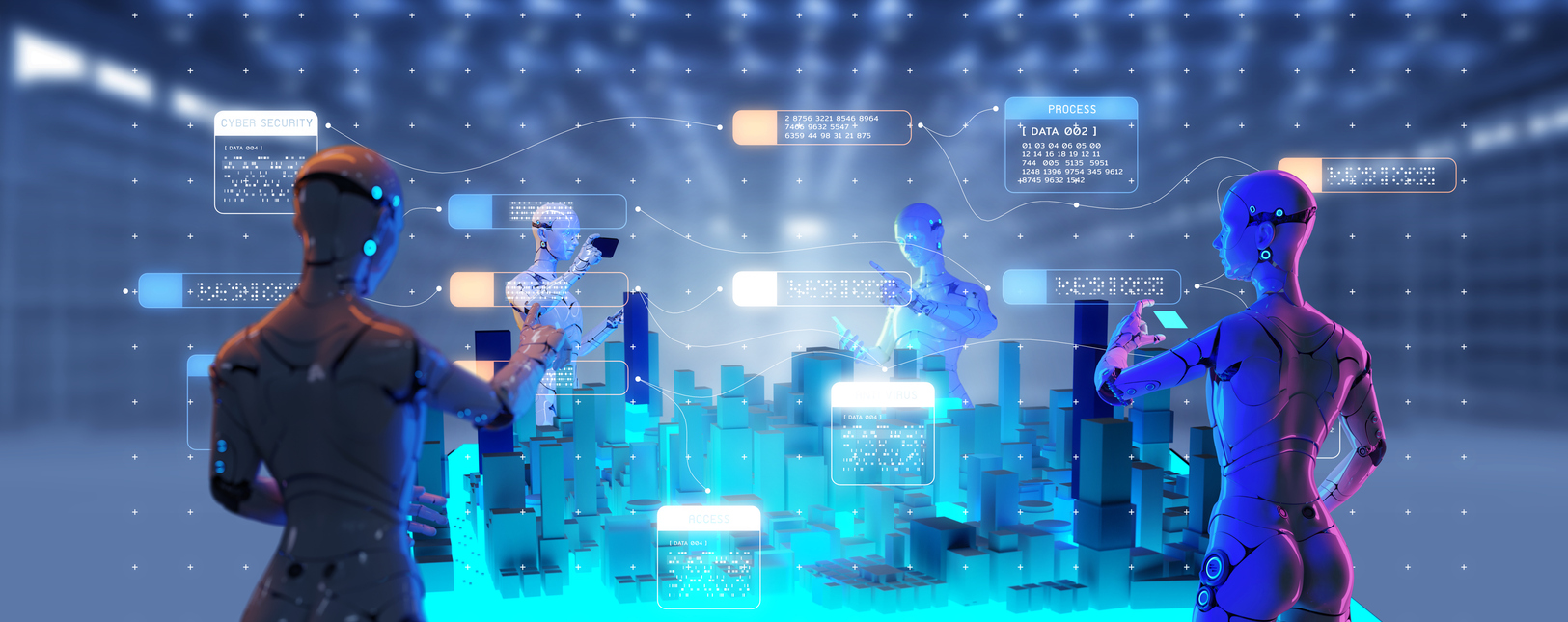AI – Architectural Intelligence?
Mary Shelley’s story ‘Frankenstein’ although conceived as a horror is widely regarded as being the first true science fiction novel, taking its basis from experiments and scientific discoveries of the time. It’s a cautionary tale and one that questions how far, as a race, we should embrace science and how this could bring about our downfall when meddling with matters of creation. Wind the clock forward from 1818 to 1984 and the science fiction film ‘The Terminator’ is suggesting pretty much the same thing (conversely, I consider this to be a horror movie, embracing the idea of an unrelenting, unstoppable force). The monster this time is robotic and powered by an AI brain, but still very much in human form and similarly bent on destroying its creator (by proxy), man.
I clearly remember in the late 1970’s and 80s, the general fear that robots would take the majority of our jobs from our workforce. The reality that came about is that we have embraced the use of robots to carry out physically hard and repetitive tasks, where standardised, high quality is necessary. They have hence become embedded in the production of cars, food, and electronics. Those lost jobs moved into other sectors, designing, building, programming, and maintaining the machines and engaged in roles that arguably we do best, the person-to-person activities such as marketing, product development, sales and PR.
AI (artificial intelligence) is the next great threat to the workplace, and humanity, if we are to believe what contemporary science fiction generally portrays. Our human brains cannot compete with the huge amount of data that can be processed by a computer, and the speed at which this can be achieved. Newly emerging aps can now generate imagery (art? – discuss…) poetry and written material, and this can be instantly tweaked to suit the developer and audience requirements. Research and diagnostics is a very different task than it was 30 years ago, with the internet opening up a wealth of instant information.
Architecture is not ‘immune’ to this surge in technology, with some programs now offering tools that will derive site capacity studies based on given constraints and parameters, making capacity and viability work potentially very quick to achieve, assuming that you have the software and hardware to do so. Analysis tools can assess heating and cooling requirements and expected daylight levels.
We can only expect this type of technology to accelerate. How long will it be before we can design our new house from scratch by inserting a series of parameters into an online AI engine? I could certainly see a system like this offering preferred construction details, energy performance, stability and structural calculations and the like without too much difficulty. So that makes the likes of myself and our design team consultants redundant, right?
If history is to repeat itself, I would suggest not. Currently a high proportion of our time as designers is still spent creating drawings, incorporating calculations and designs from others, assessing building regulation issues and many other matters that aren’t directly related to the intellectual activity of acquiring briefing and preferences from our clients and their stakeholders to create attractive and functional designs. This is the activity which we are best placed to impart our skills and knowledge into, the touchy-feely aspect of being human and understanding what makes others tick. With more of the nitty-gritty and monotony dealt with by computers, we could have a lot more time to do the work that really counts for the end-user.
Then there’s the planning process, administered by humans and often needing very careful and sympathetic consideration to arrive at a mutually agreeable result. The public consultation exercises that require metered interaction, understanding and assurance. The foresight to consider options that might be ‘outside the box’ in order to solve a particular problem. Most of all it’s the true understanding of how someone uses a building, how they actually live, work or interact with it, that I think is potentially very difficult for an AI system, that hasn’t had any personal experience of doing so, to fully comprehend and replicate.
The bottom line is that AI learning is based on learned problem solving and calculation, the system provides solutions based on previous results and the parameters and information fed to it. It won’t challenge a brief and question a client as to whether what they want to achieve is right for them in the longer term. It won’t come up with the blue-sky thinking, the fourth option, that nobody had previously considered. It won’t consider an affiliation or collaboration that might work for multiple parties, and then facilitate the introductions. It won’t present a proposal passionately and with conviction to win over support and allay any fears about change. And most of all, it’s not based on experiential evidence of how it feels to be human and what is required in order to make the users of a space happier, healthier and more fulfilled.
I think that AI will become embedded into construction in time, and I think it does have a place. I can see it making our job more enjoyable, by removing the repetitive nature of information production. I can understand how it will help us to develop more efficient designs and aid the process of construction, ensuring higher general quality and ultimately, building performance. But most of all I can see it helping building designers to spend more time considering the needs of the client and community and delivering spaces that go beyond meeting the brief by being more aspirational, more spiritual and ultimately more engaging.
Article by Dale Beeson – Director
